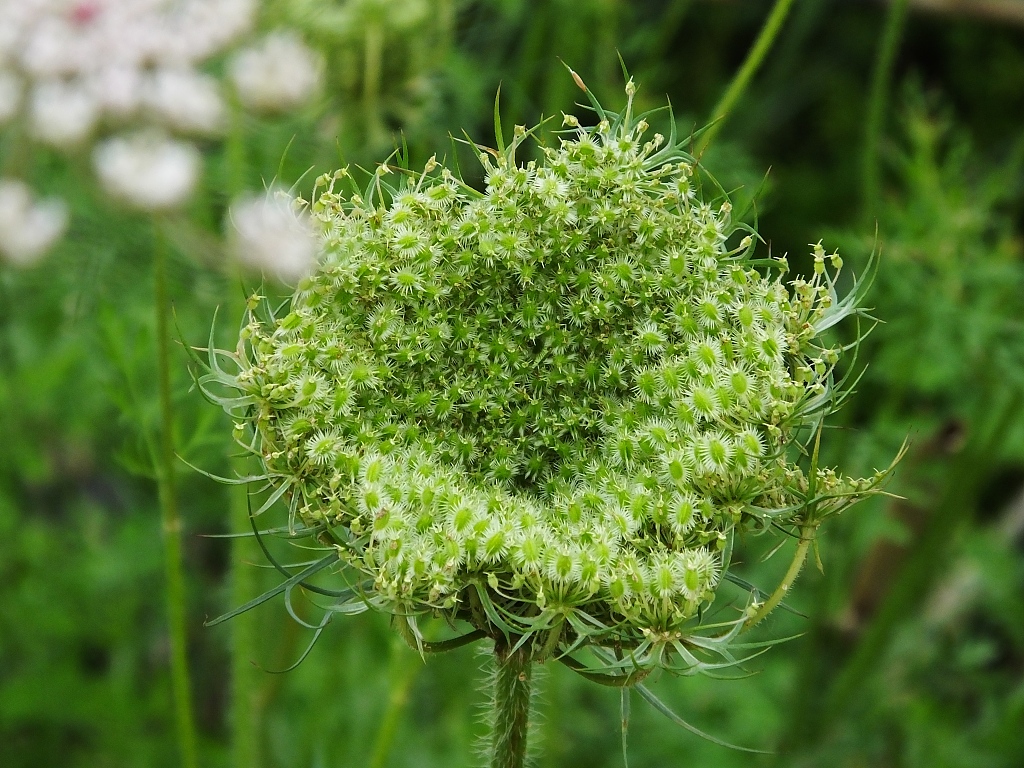More than 1.5 million plant specimens were collected in the fourth national survey of Chinese materia medica (CMM) resources, and three new genera and 196 new species were discovered and published in international academic journals, according to China Academy of Chinese Medical Sciences.

Cnidium monnieri, or Shechuang in Chinese. Its seeds are used in traditional Chinese medicine. /CFP
Cnidium monnieri, or Shechuang in Chinese. Its seeds are used in traditional Chinese medicine. /CFP
The three new genera are Zhengyia, Tsaiodendron and Hsenhsua. The 196 new species belong to fungi, ferns, gymnosperms and angiosperms, distributed in 57 families and 114 genera. More than 60 percent of these species have potential medicinal or traditional Chinese medicine properties.
Most of the new species published have comprehensive evidence (including molecular evidence) in systematics, which defines the position of the new species in the taxonomic system. At the same time, some differences in plant classification were clarified by using modern molecular systematics methods, which contributed to the improvement of plant identification system.
Pilot work on the fourth national survey of CMM resources started in 2011. Three previous surveys from 1960 to 1962, 1969 to 1973 and 1983 to 1987 made notable contributions to CMM resources and paved the way for the sustainable development of traditional China medicine.
(Cover image via CFP)
(If you want to contribute and have specific expertise, please contact us at nature@cgtn.com.)